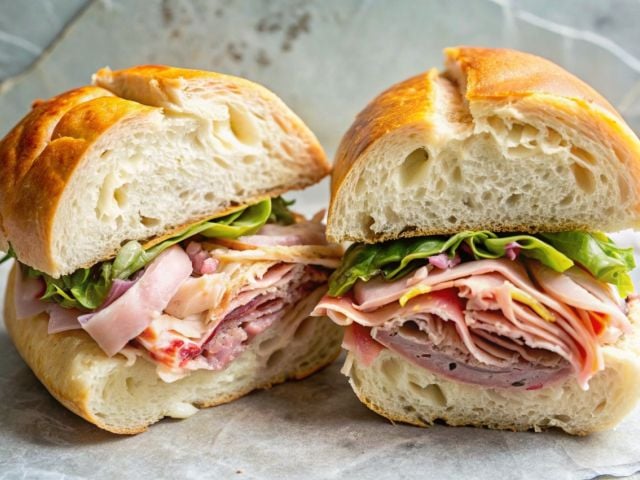SACRAMENTO, Calif. – In a major victory for children’s health, Gov. Gavin Newsom today signed the California School Food Safety Act, the first law in the U.S. to ban six harmful dyes from food served in the state’s public schools.
Assemblymember Jesse Gabriel (D-Encino) authored the law, which bans Red Dye No. 40, Yellow Dye No. 5, Yellow Dye No. 6, Blue Dye No. 1, Blue Dye No. 2 and Green Dye No. 3. The chemicals have been found to cause neurobehavioral problems in some children.
Last year, Gabriel successfully authored, and Newsom signed into law, the California Food Safety Act, which banned potassium bromate, propylparaben, brominated vegetable oil and Red 3 in food manufactured, delivered and sold in the state.
In 2021, the California Office of Environmental Health Hazard Assessment released a study finding that many food dyes and colorants are known to make some children vulnerable to behavioral difficulties and decreased attention. This includes the six dyes covered by the newly enacted California School Food Safety Act.
“School meals provide essential nutrition and calories for countless children each day,’ said Tasha Stoiber, Ph.D., Environmental Working Group senior scientist. ‘Kids deserve wholesome foods that enhance their learning rather than detract from it, and parents need to feel confident schools are offering meals that are both safe and nutritious.”
EWG and Consumer Reports cosponsored the California School Food Safety Act.
Toxic chemicals
Thousands of chemicals are allowed for use in food sold in the U.S. Many that have been reviewed by the Food and Drug Administration have not been reevaluated for decades, even when new science is available. For instance:
- Red 40 has not been evaluated for health risks since 1971. Many studies show it may pose a risk to brain development in children, hyperactivity and even cancer.
- Yellow 5 has been approved for use since 1931. The FDA affirmed its use with good manufacturing practices in 1969.
- Yellow 6 was approved for use in 1931, and the FDA reaffirmed its approval in 1986.
- Blue 1 has been approved for use since 1931. The FDA hasn’t taken another look at it since 1969.
- Blue 2 was last approved in 1983.
- Green 3 has been allowed for use since 1931 and hasn’t been reaffirmed since 1982.
“Why should schools serve food with harmful chemicals that can jeopardize children’s health?” said Melanie Benesh, EWG’s vice president for government affairs.
“These substances can pose serious risks to vulnerable children. It’s crucial we protect students from exposure in a place where they should be nourished and able to focus on learning,” Benesh said.
“We are grateful to Gov. Newsom for signing this bill into law, and we commend state lawmakers for acting decisively to remove these additives from school meals,” she added.
Children have lower tolerance levels to chemical exposure than adults, and their developing bodies make them especially vulnerable.
“Toxic dyes in food that put kids at higher risk for hyperactivity and other neurobehavioral issues that interfere with learning have no place in our schools,” said Brian Ronholm, director of food policy at Consumer Reports. We’ve known for years that synthetic food dyes endanger our health, but the FDA has failed to take action to protect the public.
Ronholm continued, “California’s landmark new law will help ensure that kids are not exposed to harmful dyes in food at schools that can endanger their health. Consumer Reports applauds Assemblymember Gabriel for championing this critical food safety legislation and thanks Governor Newsom for signing it into law.”
Consumers consistently rank food chemical concerns ahead of other food safety issues. But the FDA does not adequately regulate additives.
“The FDA continues to fail to keep us safe from harmful chemicals in our food,” said Benesh. “In the absence of federal leadership, states like California are stepping up to ensure our safety from toxic chemicals in snacks and other food we and our families enjoy.”
###
The Environmental Working Group (EWG) is a nonprofit, non-partisan organization that empowers people to live healthier lives in a healthier environment. Through research, advocacy and unique education tools, EWG drives consumer choice and civic action.
Founded in 1936, Consumer Reports has a mission to create a fair and just marketplace for all. Widely known for our rigorous research and testing of products and services, we also survey millions of consumers each year, report extensively on marketplace issues, and advocate for consumer rights and protections around safety as well as digital rights, financial fairness, and sustainability. CR is independent and nonprofit.



